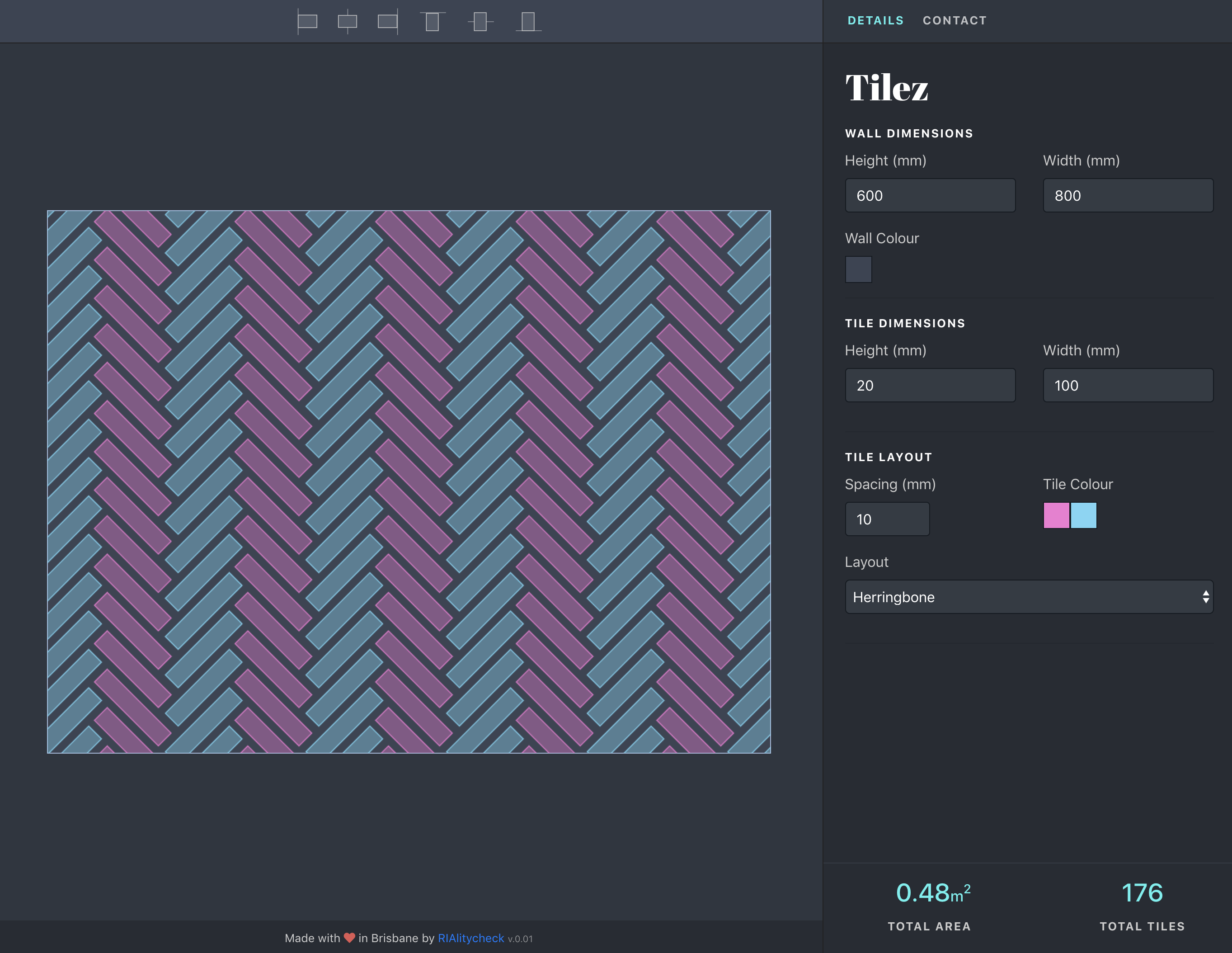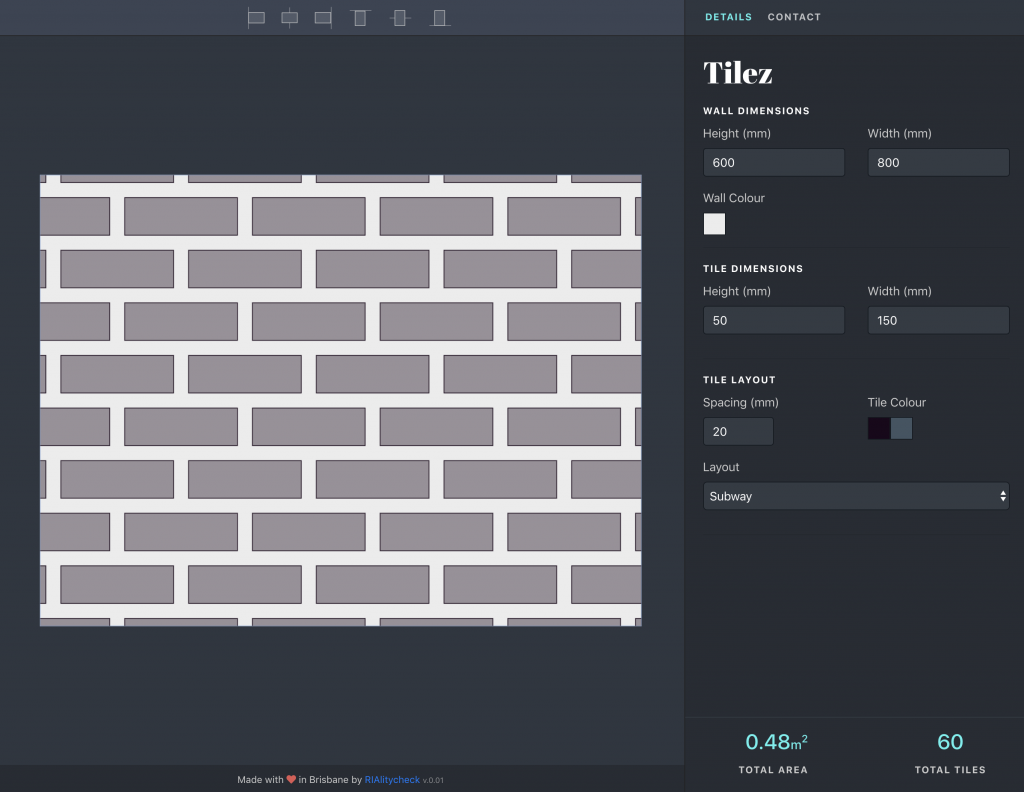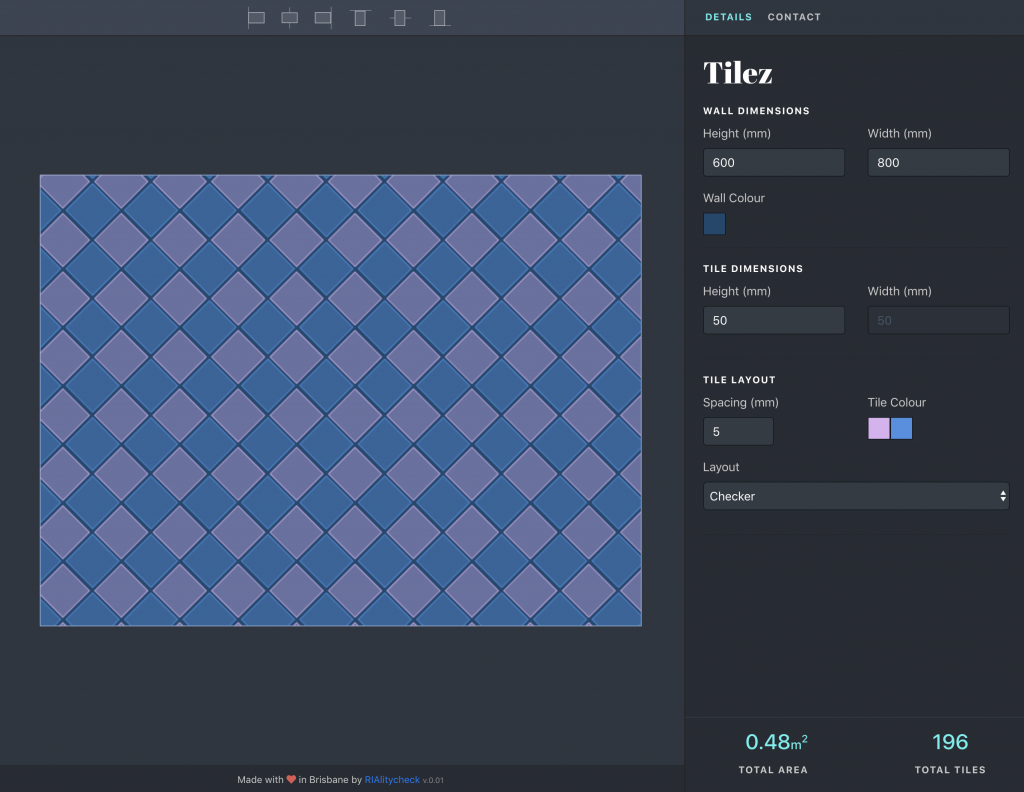I’ve just come back from attending the Brisbane leg of the Australian Adobe User Group. It showcased the new features and overall direction for the development suite of products which included the new Flash Catalyst, Flash Builder, Flex 4, Cold Fusion 9 and Bolt.
I was really interested in Catalyst as it’s something that I could see a lot of benefit in using personally.
Adobe has made a conscious effort to further improve the work flow between designer and developer which the introduction of Catalyst.
A tool to help create interactive user interfaces transitions and all, without having to worry about a single line of code. It also enables the user to port this directly into flex for the developer to turn this into an application.
By having something like Catalyst can remove the steps involved going back and forth between Interactive Designer and Developer as the explanation of transitions and state changes are nutted out in the design stage for the developer to see. Of course this is the ideal scenario and we all know it never exactly works out as smoothly as that.
For a designer it can eliminate the need to provide multiple screen shots of piece of interaction and the need further explain your concepts through emails, phone calls, power point presentations, smoke signals or interpretive dance.
It’s still in Beta so I’m sure there will be many more tantalizing features to come but so far it’s looking great.
Overall I can come away from the user group meeting knowing that Adobe is indeed heading in the right direction. They have identified the need to streamline the design/development work flow, as well as further enhancing an existing suite of core products.
Having said that I still think a developer that can touch type could save you more time 🙂
You can download the beta version of Catalyst from the Adobe Labs here






